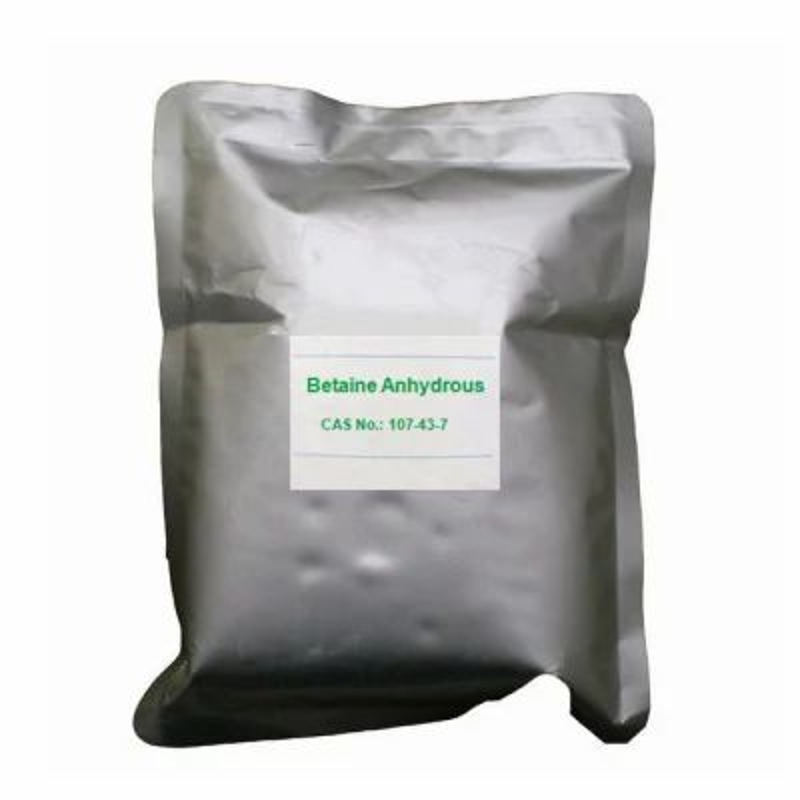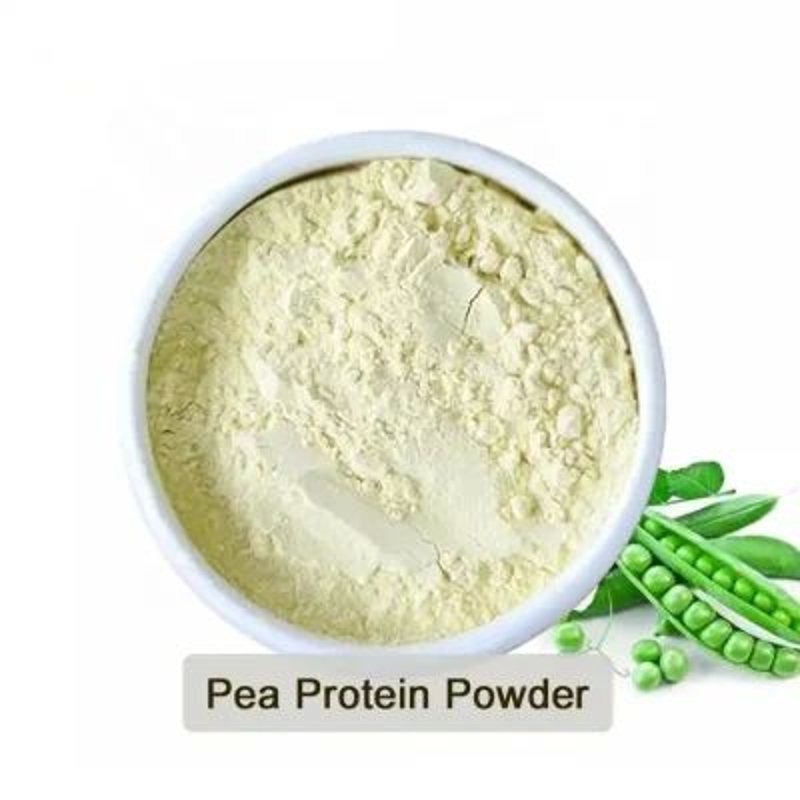-
Categories
-
Pharmaceutical Intermediates
-
Active Pharmaceutical Ingredients
-
Food Additives
- Industrial Coatings
- Agrochemicals
- Dyes and Pigments
- Surfactant
- Flavors and Fragrances
- Chemical Reagents
- Catalyst and Auxiliary
- Natural Products
- Inorganic Chemistry
-
Organic Chemistry
-
Biochemical Engineering
- Analytical Chemistry
-
Cosmetic Ingredient
- Water Treatment Chemical
-
Pharmaceutical Intermediates
Promotion
ECHEMI Mall
Wholesale
Weekly Price
Exhibition
News
-
Trade Service
Yogurt is a product made from raw cow (goat) milk or milk powder, sterilized, inoculated with Streptococcus thermophilus and Lactobacillus bulgaricus, and is rich in high-quality milk protein and calcium
.
Compared with pure milk, yogurt is not only easier to be absorbed and digested by the body, but also has various types and unique flavors
.
1.
Yogurt is especially suitable for people who are intolerant to lactose or have indigestion of milk.
Because the content of lactase in the intestines of Asian adults is relatively low, some people have difficulty digesting the lactose contained in milk in time, and may suffer from abdominal pain and diarrhea.
Phenomenon
.
The active lactic acid bacteria in yogurt can decompose the lactose in fresh milk into galactose and glucose, which are easy to digest and absorb, and at the same time produce lactic acid, which increases the acidity of the intestinal tract
.
Those who cannot drink milk can use yogurt instead
.
The protein in milk is easier to digest and absorb after being decomposed under the action of lactic acid bacteria; calcium is also easier to be used by the body because of the presence of lactic acid
.
In addition, yogurt retains all the vitamins in milk, and fermented lactic acid bacteria activity can increase the content of B vitamins, it is a good dietary sources of vitamin B2, B6, B12, vitamin A, vitamin D and other
.
2.
Pay attention to the distinction between yogurt and milk beveragesMilk beverages are processed and formulated products made from pure milk or dairy products.
They can be divided into formulated beverages, fermented milk beverages and lactic acid bacteria beverages
.
Among them, lactic acid bacteria beverages mainly provide active lactic acid bacteria, while yogurt provides lactic acid bacteria (except sterilized yogurt), mainly to supplement the nutrients in milk, such as protein and calcium
.
Yogurt and milk-containing beverages can be distinguished by the protein content in the label: the protein content of yogurt is not less than 2.
3%, while the protein content of formulated milk beverages and fermented milk beverages is greater than or equal to 1.
0%, and the protein content of lactic acid bacteria beverages is greater than Or equal to 0.
7%
.
3.
Yogurt should be reasonably stored according to the label.
"Live bacteria" yogurt should be sold in the freezer, and should be placed in the refrigerator as soon as possible after purchase, and drink in time to ensure the activity of probiotics and achieve intestinal health effects.
.
"Sterilized" yogurt is sterilized by heat treatment and can be stored at room temperature for several months
.
However, consumers should pay attention to check whether the product has exceeded the shelf life, try to buy the freshest products, and do not drink products with bulging bags
.
.
Compared with pure milk, yogurt is not only easier to be absorbed and digested by the body, but also has various types and unique flavors
.
1.
Yogurt is especially suitable for people who are intolerant to lactose or have indigestion of milk.
Because the content of lactase in the intestines of Asian adults is relatively low, some people have difficulty digesting the lactose contained in milk in time, and may suffer from abdominal pain and diarrhea.
Phenomenon
.
The active lactic acid bacteria in yogurt can decompose the lactose in fresh milk into galactose and glucose, which are easy to digest and absorb, and at the same time produce lactic acid, which increases the acidity of the intestinal tract
.
Those who cannot drink milk can use yogurt instead
.
The protein in milk is easier to digest and absorb after being decomposed under the action of lactic acid bacteria; calcium is also easier to be used by the body because of the presence of lactic acid
.
In addition, yogurt retains all the vitamins in milk, and fermented lactic acid bacteria activity can increase the content of B vitamins, it is a good dietary sources of vitamin B2, B6, B12, vitamin A, vitamin D and other
.
2.
Pay attention to the distinction between yogurt and milk beveragesMilk beverages are processed and formulated products made from pure milk or dairy products.
They can be divided into formulated beverages, fermented milk beverages and lactic acid bacteria beverages
.
Among them, lactic acid bacteria beverages mainly provide active lactic acid bacteria, while yogurt provides lactic acid bacteria (except sterilized yogurt), mainly to supplement the nutrients in milk, such as protein and calcium
.
Yogurt and milk-containing beverages can be distinguished by the protein content in the label: the protein content of yogurt is not less than 2.
3%, while the protein content of formulated milk beverages and fermented milk beverages is greater than or equal to 1.
0%, and the protein content of lactic acid bacteria beverages is greater than Or equal to 0.
7%
.
3.
Yogurt should be reasonably stored according to the label.
"Live bacteria" yogurt should be sold in the freezer, and should be placed in the refrigerator as soon as possible after purchase, and drink in time to ensure the activity of probiotics and achieve intestinal health effects.
.
"Sterilized" yogurt is sterilized by heat treatment and can be stored at room temperature for several months
.
However, consumers should pay attention to check whether the product has exceeded the shelf life, try to buy the freshest products, and do not drink products with bulging bags
.







